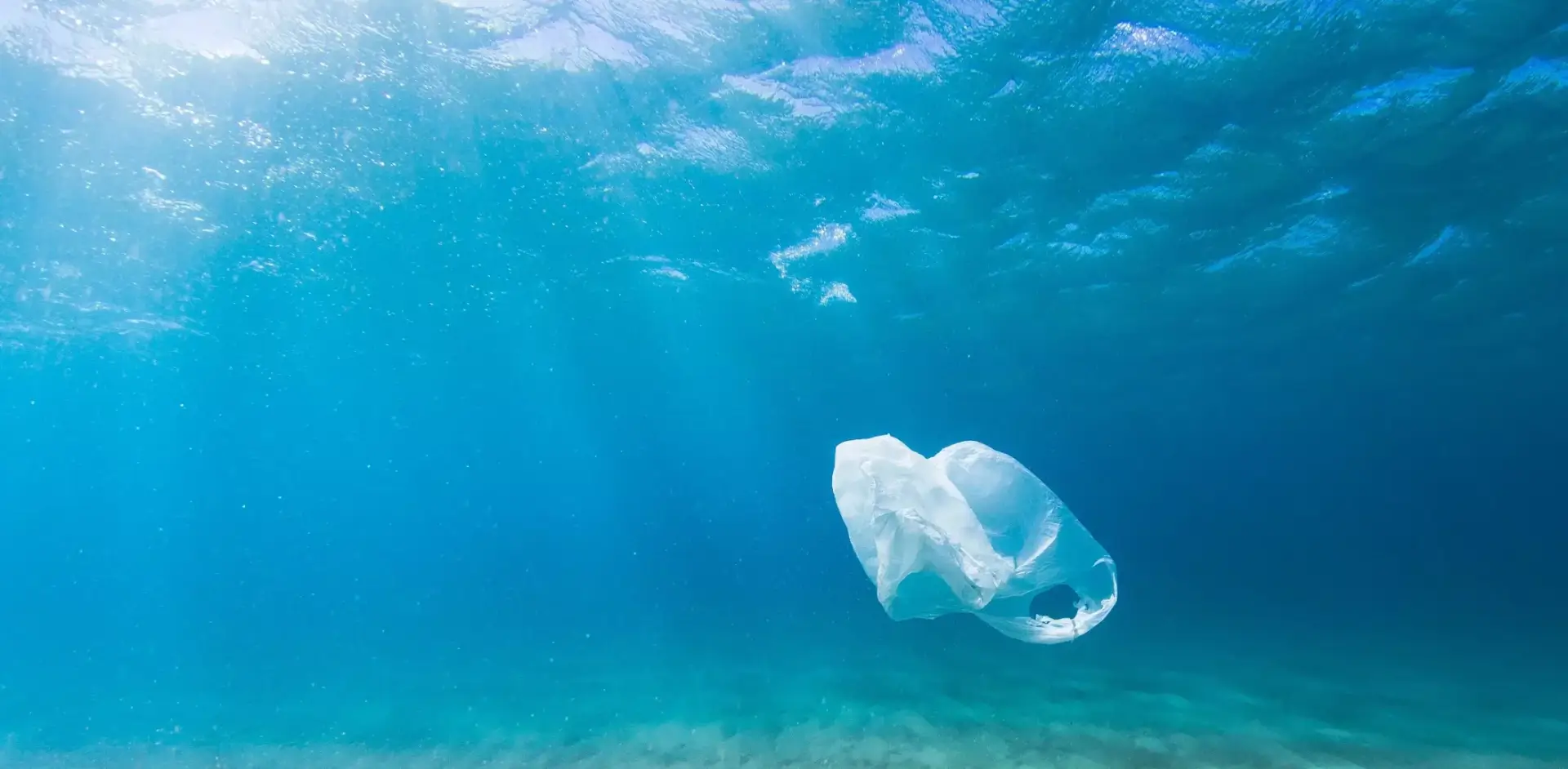
Strong political action is currently hindered by existing uncertainties regarding health impacts and the dissemination of misinformation by vested interests. Therefore, negotiations should capitalize on the latest and best available scientific knowledge and adopt a precautionary approach, especially in light of emerging evidence highlighting significant health risks associated with plastics.
In preparation for INC-4, the ISC expert group on plastic pollution has prepared a High-level commentary in response to the Revised Draft and ongoing negotiations. The commentary underscores a set of science-based recommendations to inform ongoing negotiations, ensuring an effective and robust regulatory instrument and implementation.
High-level Commentary: Key Requirements for a Science-based International Legally Binding Instrument to End Plastic Pollution
Key Requirements for a Science-based International Legally Binding Instrument to End Plastic Pollution. High-level commentary on the Revised draft text ahead of the fourth session of the Intergovernmental Negotiating Committee on plastic pollution (INC-4). Paris, International Science Council.
Download the reportIn this editorial, Ilaria Corsi, marine ecotoxicologist, Associate Professor of Ecology and Ecotoxicology at the University of Siena (Italy), member of the ISC expert group on plastic pollution and co-chair of the Plastic in Polar Environment Action Group the Scientific Committee on Antarctic Research (SCAR), raises awareness on the need for ongoing negotiations to consider the important health risks posed by plastics pollution as indicated by emerging scientific research.
“In nature nothing exists alone” – Rachel Carson, Silent Spring (1962)
Plastic particles are found everywhere in the natural ecosystems and recently even in blood, breastmilk and human’s brain, with a three-year study recently concluding that people who had tiny plastic particles lodged in a main artery were more likely to experience heart attack, stroke or death.
Our planet is made of complex and interrelated ecosystems; the environment is inseparable from us, and human and non-human life hold equal value.
We are constantly reminded of humanity’s reliance on earth’s natural systems, yet we have become a handmaiden to the demise of these systems.
How is it possible that we have decided to ban synthetic molecules, as pesticides (DDT), recognizing their toxicity to wildlife and human health and yet, we are unable to achieve global consensus on regulating plastics and minimizing production and consumption? Despite its visible and pervasive presence and known hazard risks causing harm across our planet—from floating in the ocean to the depths of the sea, reaching the peaks of the Himalayas and the Andes mountains, and even extending to the most remote areas of the Arctic and Antarctica.
DDT and polypropylenes are not that different from each other. They both come from the same source (carbon from fossil fuels), share the same properties (persistence/long lasting) and both recognized to contribute to human well-being as commodities worthy the Nobel prize (DDT Hermann Müller 1948; polypropylenes Ziegler and Natta, 1963). But they also share, posing dangerous adverse effects on the environment and non-target organisms upon release.
However, in the case of DDT, the environmental concerns took precedence over its advantages. ln 1972, the United Nations Conference on the Human Environment (UNEP) held in Stockholm, underscored the need to prioritize environmental and health concerns, placing them at the forefront of the global agenda.
As such, principle eighteen of the Stockholm Convention states: “Science and technology, as part of their contribution to economic and social development, must be applied to the identification, avoidance and control of environmental risks and the solution of environmental problems and for the common good of mankind. (United Nations Environment Programme, 1972, Principle 18).” The Convention therefore marked a fundamental turning point, stressing the need for science and technology to be leveraged in the interests of the environment and prevail over corporate interests.
Today, the scientific community reiterates science’s central role in defining environmental problems and their impact on the health of all living beings, including humans.
Human health is intricately linked to environmental health. The WHO has worked on determining the connection between human survival on this planet and exposure to substances and particulate materials present in the environment. Environmental pollution significantly contributes to cancer and respiratory illnesses, causing approximately nine million deaths annually.
There is no doubt about the toxic effects of plastic and its over 16,000 chemicals, with the size of plastic fragments now being identified as a determinant of the severity of these effects. In the last decade, significant efforts have been made to develop analytical methods capable of detecting plastic fragments in various environmental compartments, including air, water, soil, marine sediments, and biota
The One Health concept recognizes the interdependence of human and environmental health and should undoubtedly guide ongoing negotiations and future regulations on plastic pollution. The intimate and balanced inter-relationships among Earth’s species transcend biological and geographical boundaries, heavily relying on the quality of the surrounding environment.
The “One Health” approach summarizes a concept that has been known for more than a century; that human, animal and plant health are interdependent and bound to the health of the ecosystems in which they exist. We envisage and implement it as a collaborative, whole of society, whole of government approach to understanding, anticipating and addressing risks to global health. (One Health (2021) OIE – world organization for animal health).
This One Health approach should guide polymer scientists, industry, environmental engineers, and policy-makers to work together in the design of new solutions for plastic replacements. The legally binding instrument should prioritize environmental safety and sustainability criteria from the outset, adopting a holistic perspective to safeguard both human and environmental health.

Ilaria Corsi
Associate Professor of Ecology at University of Siena
Co-chair of the Scientific Committee on Antarctic Research (SCAR) Plastic Action Group
Ilaria Corsi is a marine ecotoxicologist working on legacy and emerging pollutants including nanomaterials and nano-plastics and their environmental behaviour and biological effects on marine organisms (http://orcid.org/0000-0002-1811-3041).
Disclaimer
The information, opinions and recommendations presented in this article are those of the individual contributor/s, and do not necessarily reflect the values and beliefs of the International Science Council.
Picture from iStock.